Myopia Management

Myopia is blurry long-distance vision, often called “short-sighted’’ or “near-sighted”. A person with myopia can see clearly up close – when reading a book or looking at a phone – but words and objects look fuzzy on a blackboard, on television or when driving.
But a pair of glasses aren't the whole story.
The prevalence among Australian 12 year olds has doubled in 6 years. Myopia in kids tends to progress or get worse throughout childhood, and higher levels of myopia are associated with higher eye disease risks in adulthood.
If your child already wears glasses, you can do something to stop their vision worsening. If they don't you can assess their risk of developing myopia.
Currently Myopia affects around 80 million children worldwide. This figure is expected to reach about 5 billion people worldwide – or 50% of the population! The average onset of Myopia is also is also progressively getting younger; in 1983 it was 11 years old, whereas in 2000 it was 8 years old. Take breaks from close work and device use and have good lighting. It is vital to take breaks from lots of near work and look to the distance.
Signs to look out for
- Distance vision becoming blurry- Moving closer to the tv
- Reduced performance at school
- Complaints of headaches
- Tired eyes
- Squinting or screwing eyes up
In many cases there will be no signs at all.
To find out more about Myopia and children, and why we need to look at treatment for children with myopia visit:
www.mykidsvision.org
www.myopiamovement.com
www.childmyopia.com
What causes myopia?
Both genetic and lifestyle factors can contribute to the risk of your child developing myopia.
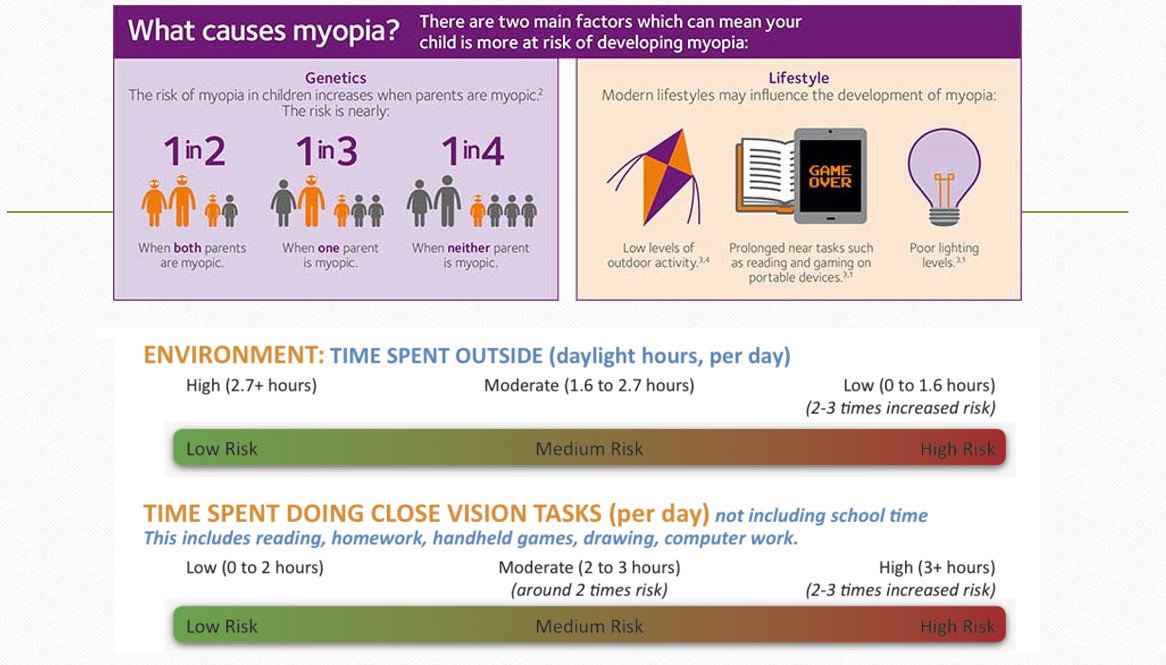
What are the dangers of myopia?
For children, the main difficulty occurs when looking at the board at school and being able to keep up with school work. Glasses can cause a hindrance to sports and 40% of children report that they feel uncomfortable wearing glasses.
However, the biggest risk comes much later. Adults who are myopic have a much higher risk of blindness. For those who have high myopia (over -5.00), there is over 20 times more likely to have a sight-threatening disease (retinal detachment, myopic macular degeneration or cataract) compared to a person who is not myopic.
What should you be doing to help your child?
Get outdoors
Children are spending less time outdoors than before. Being outdoors, in the presence of bright natural sunlight helps to protect the eyes from developing myopia (8). A child should be spending at least 90 mins a day outdoors and they will still receive the protective benefits even if they are fully sun smart (ie hat, suncream, sunglasses)
Hold books or devices further away
The research shows that the increased effort required when reading material is held too close can increase the amount of myopia (10). The distance between your child’s knuckle and the elbow (the Harmon distance), is the same distance they should be holding a book.
Take breaks from close work and device use.
It is vital to take breaks from lots of near work and look to the distance. The easiest thing to remember is 20/20/20. Focus on an object at least 20 feet away for 20 seconds every 20 minutes. Taking a 10-15-minute break every 50 minutes also helps to improve concentration as well as helping muscles of the eye.
Speak to an expert in myopia control
There is now a lot of scientific research, studies and treatments that show the progression of myopia can be slowed substantially. Eyes@Australind are proud to be on the forefront of the treatments available and our practice offers reliable, safe and proven treatment options for myopia control. Call us now for more information about how to protect your child’s sight.
Diagnosis
Early diagnosis is essential to the correct treatment plan for myopia. Treating it early can slow its progression, reducing the potential risk of developing future eye health issues.It is important to have your child’s eyes examined regularly. When they start primary school and then every 2 years is recommended.
What options are available to manage myopia?
Encourage time outdoors
It is recommended that children spend at least 90 minutes a day outdoors to decrease their risk of developing myopia.
Regular glasses or contact lenses
These will help your child see clearly and will often need updating frequently as they grow. Regular glasses have little or no effect on slowing down the speed of myopia progression. Our Optometrists will no longer recommend glasses as the best option for treatment of Myopia.
Speak to us about Myopia Management
There is now a significant body of scientific research that shows that the development of myopia can be DELAYED substantially by modifying your environment/behaviours and that implementing evidence base treatments can SLOW DOWN the progression of myopia once diagnosed.
Eyes@Australind are proud to be on the forefront of the treatments available and our practice offers reliable, evidence base advice and treatment options for myopia control. At Eyes@Australind we have chosen Mi Sight contact lenses for our myopia management. They have a special optical design that allows children to see clearly while slowing down myopia progression by more than half! (possibly up to 72% when worn as directed). Call us now for more information or for an appointment for your child.
• Reduces the chance of developing high levels of myopia (-6.00D or more) which may lower the incidence of eye diseases associated with short-sightedness such as retinal detachment and glaucoma
• May improve the self-esteem of children and teenagers in terms of their ability to participate in sporting activities and their social acceptance
• Daily disposable lenses mean there’s no cleaning, disinfection or worrying about lost lenses
• Low dehydration rates, delivers suitable oxygen transmission for daily wear and provide good all-day comfort and eye health
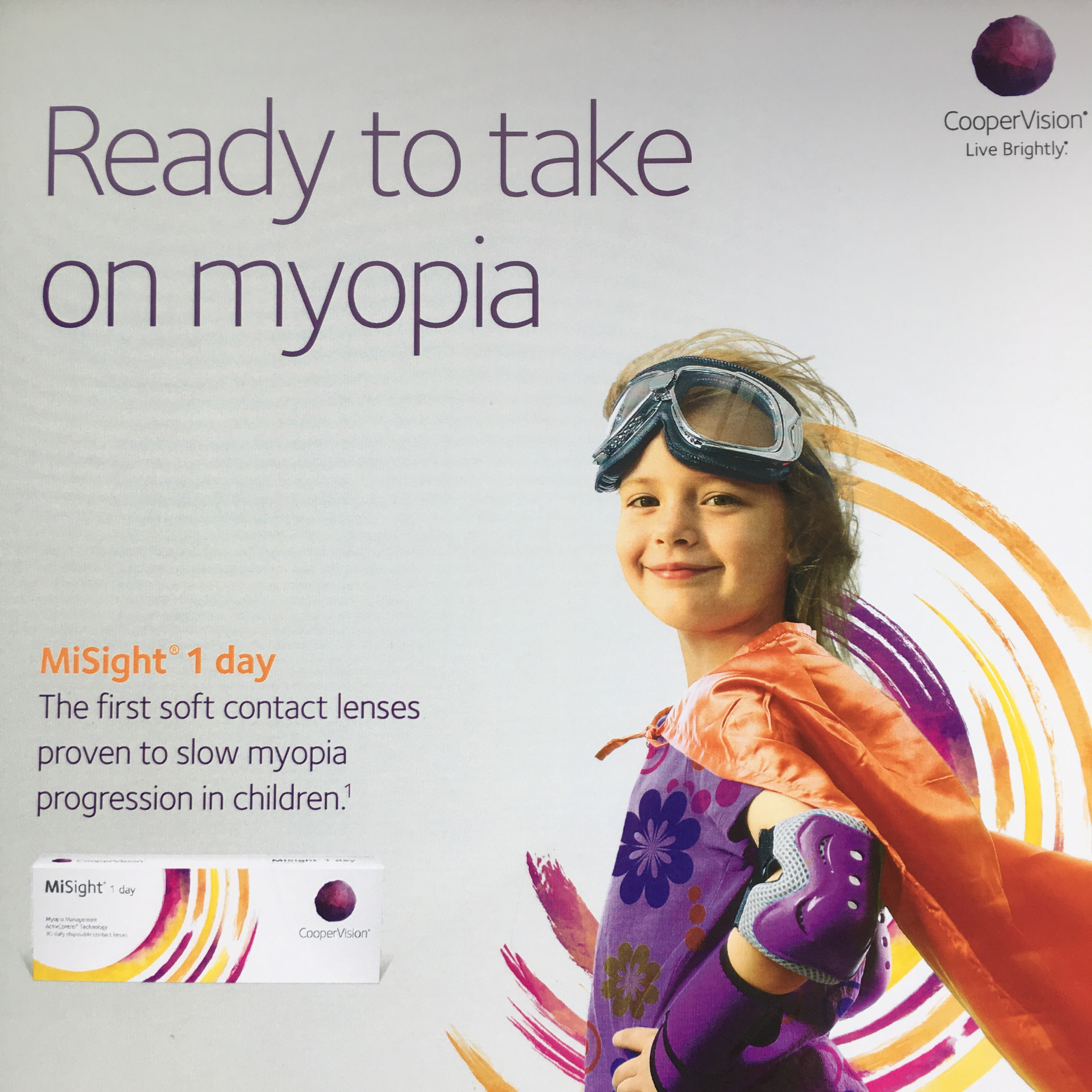
For more information about the Misight Product and Myopia:
Coopervision brochure 1 Coopervision brochure 2
FAQs
Children from the age of 6 are suitable to be wearing contact lenses
This is easy. We offer a free comfort trial when your child has an eye test with us. This means we’ll apply the lens to their eyes and see how they find them. As long your child is comfortable, we perform an assessment and consultation to ensure the fitting is good and then we will make an appointment to teach them how to handle the lenses. This includes looking after them and applying and removing the lens. As part of the consultation, we give you a week’s supply of the lenses to use at home and school. We perform final checks at the end of the trial week to make sure your child is 100% happy and that the lenses are safe for your child to wear.
Research has found that there is an area of blurry vision in the periphery of our vision that drives extra growth in the eyeball. This leads to the progression of myopia. When you are short-sighted, this area of vision is one of the factors responsible for the changes. It doesn’t matter if you wear your glasses or not, the vision can still get worse. The myopia control contact lenses change in the vision in the periphery while still keeping the central vision clear. This suppresses the additional lengthening of the eyeball thus reducing the rate of change.
These techniques and contact lenses have been development for over 10 years. There have been published studies that have followed children for over 4 years while wearing these lenses (12). The children in these studies responded very well to lenses and about 40% of the kids demonstrated no clinically significant increase in short-sightedness over 3 years. The other 60% of participants progressed by only -0.75DS over the 3 year study period which is HALF the expected myopic progression rate compared to untreated children.
They are single use (daily) so every lens they wear is sterile and clean before insertion. The risk of an infection is minimal, when used as directed, and often young children as young as 6 can be responsible for washing their hands and looking after the lenses. In fact, the risk of infections is often shown to be lower in children then adults. For reassurance, we offer unlimited emergency appointments if ever there is a concern.
YES and we teach them and you how to do it.
The myopia control works best when a child wears lenses at least 10 hours a day, they can wear them longer. The lenses need to be worn at least 6 days a week for maximum myopia control. The myopia control contact lenses will need to continue to be worn until they are around 18 or have had NO change in prescription for 2 years. Many children will continue to wear normal contact lenses after the treatment as they are convenient and provide clear vision.
Yes, it would be a good idea for them to have a pair of glasses to wear for 1 day a week.
The cost works out as $70/month over a year.
The breakdown of this is as follows:
Initial eye exam:
bulk billed to Medicare (including trial lens on eye)
Contact lens fitting and teach to insert/remove:
$180 (includes 1 week supply of lenses and follow up appointment)
3 month supply of contact lenses: $180
6 month assessment visit: $60
We can offer direct debit set up to pay this cost monthly over the year, or you can choose to pay as you order the contact lenses.
Step 1 – book your child in for an eye exam to assess their vision and suitability (30 mins)
Step 2 – appointment 2 will be a fitting and instruction for contact lenses (allow 1 hour)
Step 3 – after 1 week of wear we will see your child again to assess fit, comfort and vision
Step 4 – order 3 or 6 month supply of lenses
Step 5 – 6 monthly appointments to assess vision and myopia progression (30 mins)
What about other treatment options?
Ortho K
Orthokeratology (or Ortho-K) is a specialised way of reversing (or reducing) myopia (short sightedness) through the use of rigid contact lenses at night during sleep. The lenses mould the cornea to a flatter shape, to allow clear focus with the naked eye.
Several Studies have shown the OrthoK contact lenses successfully reduce the rate of myopia progression in school aged children by 45% (1)
Ortho K lenses need to be fitted by a specialist Optometrist (there is none in the South West region) who will assess your child’s suitability. After the initial assessment a review occurs after the first overnight wear, and then regularly to ensure the treatment is working successfully.
The cost of Fitting and purchasing Ortho K lenses is $1500-2000 per year.
Atropine
0.01% Atropine eye drops have been shown to reduce the progression of myopia by up to 59%, however there is no proven effect on reducing axial length growth. 0.01% Atropine eye drops are made by a compounding chemist and 1 drop is instilled to each eye before bed time. Currently the only compounding Chemist able to produce these drops is in North Perth, and the drops MUST be refrigerated at all times.
The annual cost of Atropine eye drops is between $600-700, plus postage or travel to collect drops.
Multifocal spectacles
Specially made Multifocal or Progressive Addition Spectacle Lenses have been shown to reduce myopia progression by 11-30%.
These lenses are custom made to reduce peripheral blur and may cost more than standard single vision lenses. These may need to be updated on a 6 month basis. Each pair of lenses is approximately $600.
1. Orthokeratology to control myopia pregression: AMeta Analysis. Sun, Yuan, et al. s.l. : PloS one, Vol.10.4(2015): e0124535
2. The impact of myopia and high myopia. Report of the Joint World Health Organization-Brien Holden Vision Institute Global Scientific Meeting on Myopia.
3. Six Year Refractive Change among White Children and Young Adults: Evidence for Significant Increase in Myopia among White UK Children Sara Jayne Mccullough, Lisa O'Donoghue, Kathryn J Saunders
4. Mumsnet research on behalf of Johnson and Johnson Visioncare: Parent’s & children’s views and attitudes about vision correction. 2013
5. Myopia and incident cataract and cataract surgery: the blue mountains eye study. Invest Ophthalmol Vis Sci. 2002 Younan C1, Mitchell P, Cumming RG, Rochtchina E, Wang JJ.
6. The relationship between refractive errors and retinal detachment--analysis of 1,166 retinal detachment cases. Ogawa A1, Tanaka M.
7. Prevalence and progression of myopic retinopathy in an older population, April 2002 Jerry Vongphanit, Paul Mitchell, Paul Mitchell, Jie Jin Wang
8. Risk Factors for Open-Angle Glaucoma in a Japanese Population. October 2006 Yasuyuki Suzuki et al
9. Myopia prevalence in Canadian school children: a pilot study February 2018 Mike Yang, Doerte Luensmann, Desmond Fonn, Lyndon W Jones et al
10. Violet Light Transmission is Related to Myopia Progression in Adult High Myopia December 2017 Hidemasa Torii, Kazuhiko Ohnuma, Toshihide Kurihara et al
11. Effect of Accommodation on Peripheral Eye Lengths of Emmetropes and Myopes 2017. Aldossari H, et al
12. The impact of myopia and high myopia: Report of the Joint World Health Organization – Brien Holden Vision Institute Global Scientific Meeting on Myopia. University of New South Wales, Sydney, Australia. 16-18 March 2015
Study From Coopervision.





We are a locally owned optometry practice that is situated throughout the South West with stores in Australind, Dalyellup and Mandurah.
